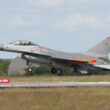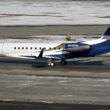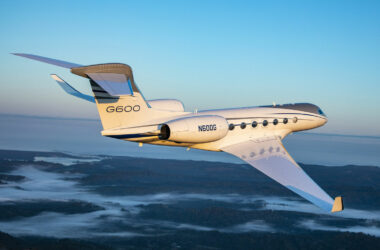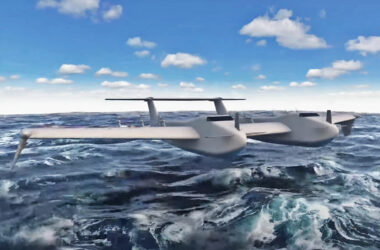The X-57 “Maxwell”, a plane with an all-electric engine, was terminated by NASA, the United States space agency, without the prototype of the aircraft having flown.
NASA argued that “The objective was not to develop a prototype, but to develop a test platform for technologies and design methods.”
Follow ADN: Instagram | Twitter | Facebook
Even without having flown, the agency says the X-57 provided “hundreds of lessons learned” about electric propulsion, electromagnetic interference and airworthiness processes.
NASA decided not to take off with the prototype due to “several challenges to safe flight”, such as possible mechanical problems and the lack of critical components.
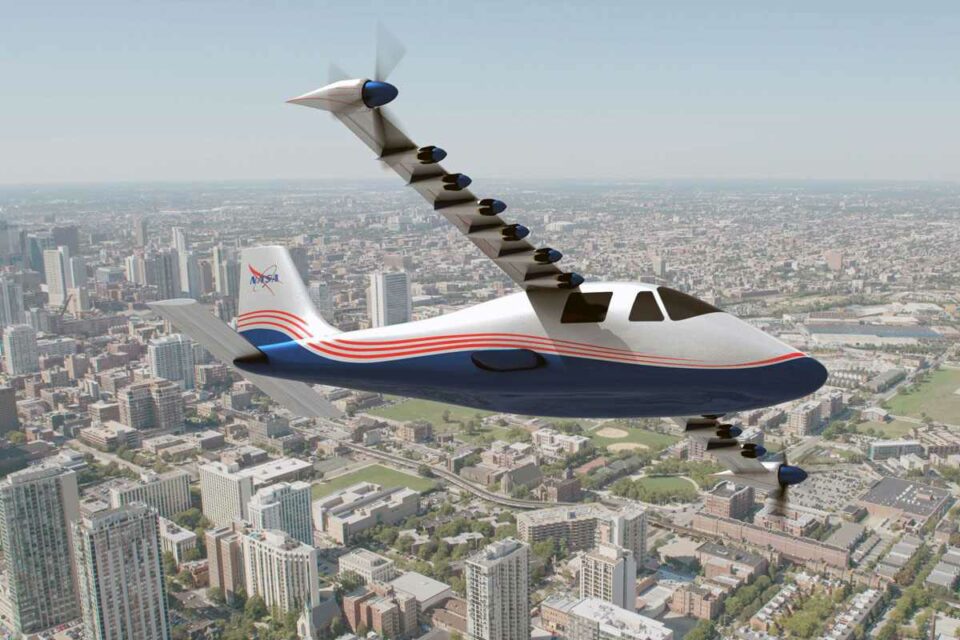
Tecnam P2006T
Named after the Scottish electromagnetic physicist James Maxwell, the X-57 used the base of the Italian plane Tecnam P2006T – the lightest twin-engine plane today, with only 760 kg (empty) – modified with 14 electric motors.
Preliminary information from NASA indicated that the experimental electric plane could fly at a cruising speed of 275 km/h and reach altitudes between 8,000 feet and 14,000 feet (2,440 meters and 4,270 m). Data on flight range were not disclosed.
Most popular posts
[wpp range=’last24hours’ wpp thumbnail_width=100 thumbnail_height=75 limit=3 stats_views=0 order_by=’views’]Director of NASA’s Armstrong Flight Research Center, Brad Flick, says the X-57 provided important data for the aerospace industry as it transitioned to electric flight.
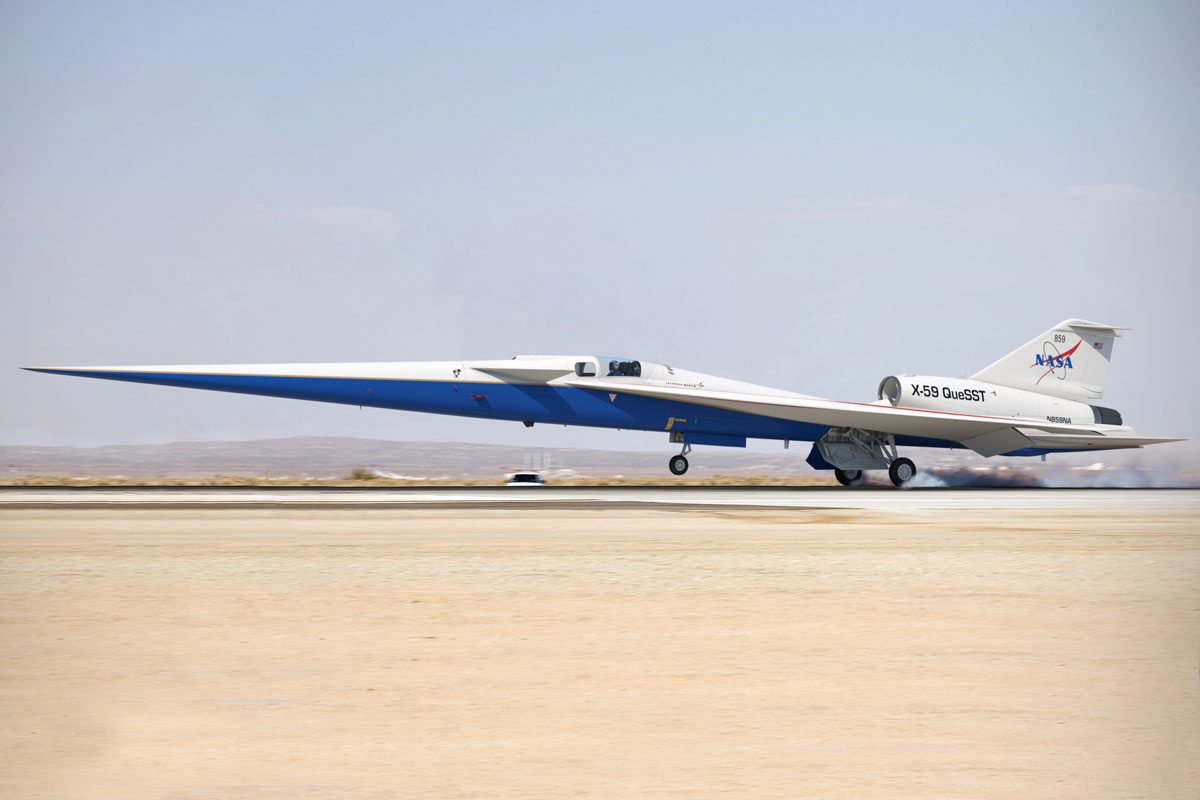
X-59 close to first flight
Another NASA X-Plane, the X-59 QueSST project, unlike the X-57 Maxwell, is set to take off later this year. The supersonic aircraft will be used in studies on the environmental impact of flying above the speed of sound.
The objective of the program is to develop a design capable of reducing the effects of sonic boom and provide this data to the industry.


